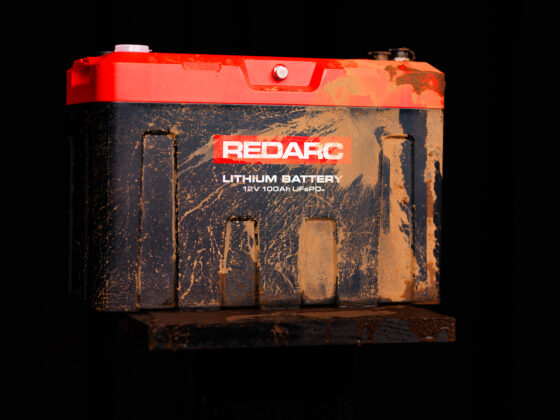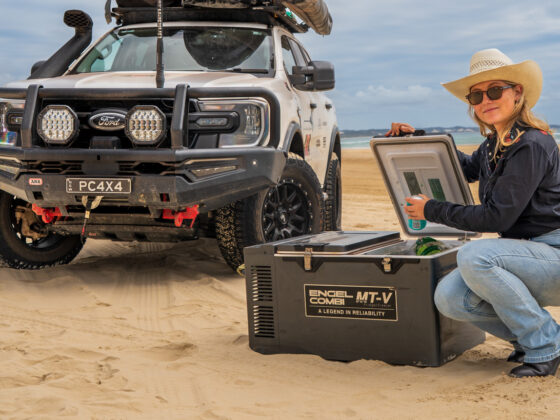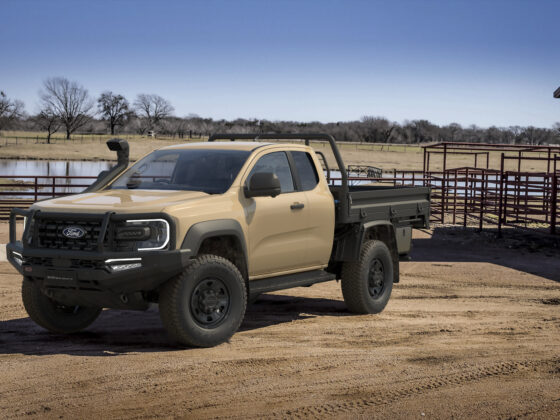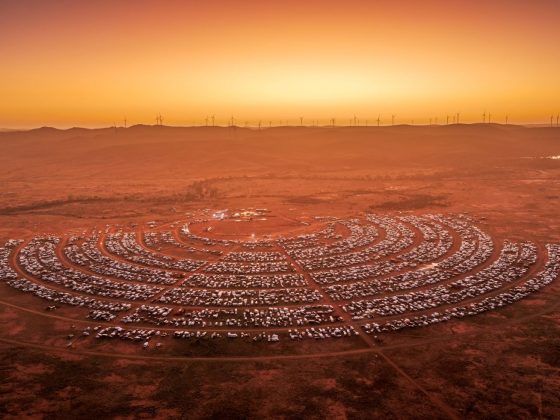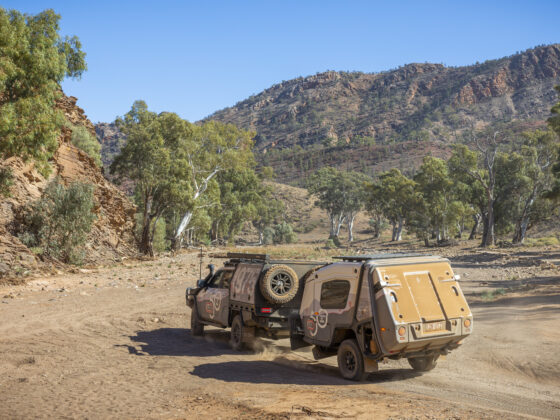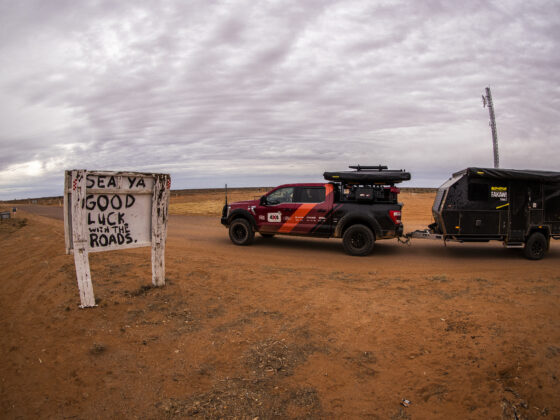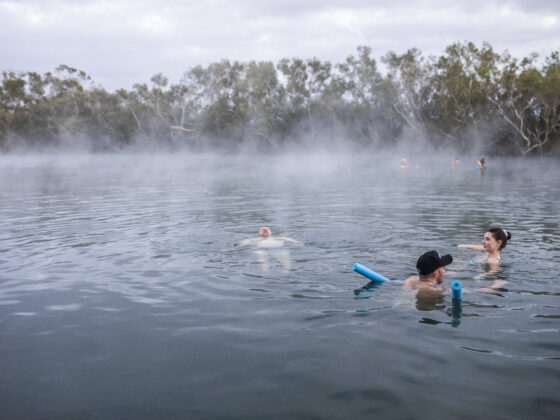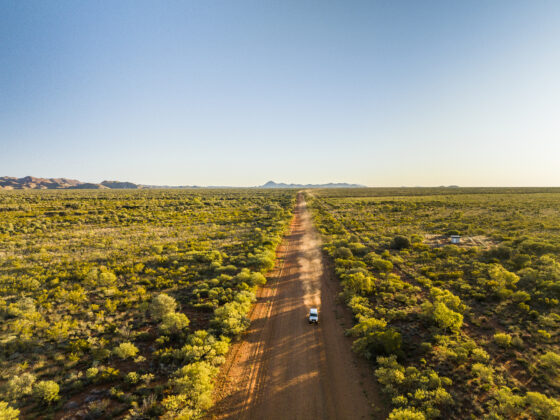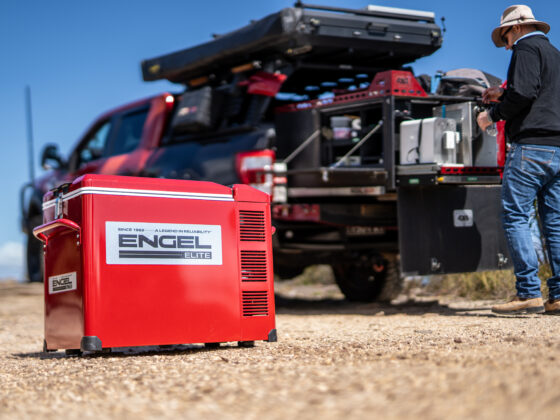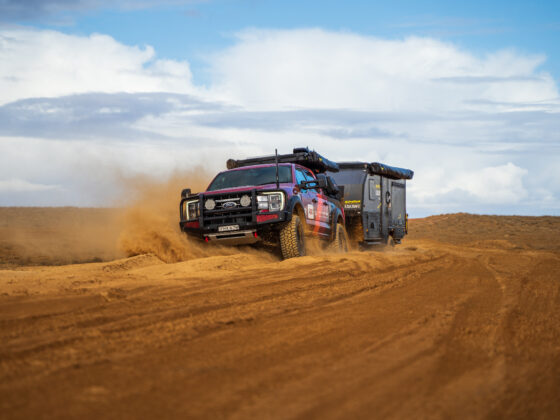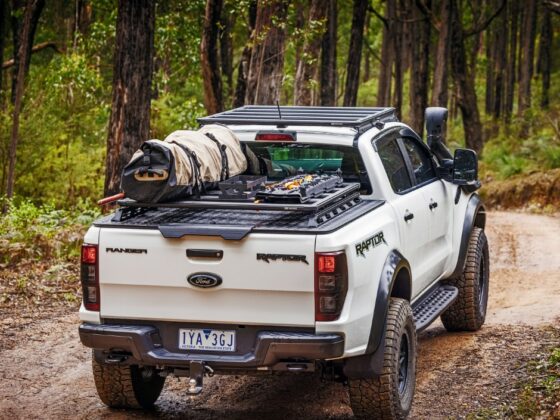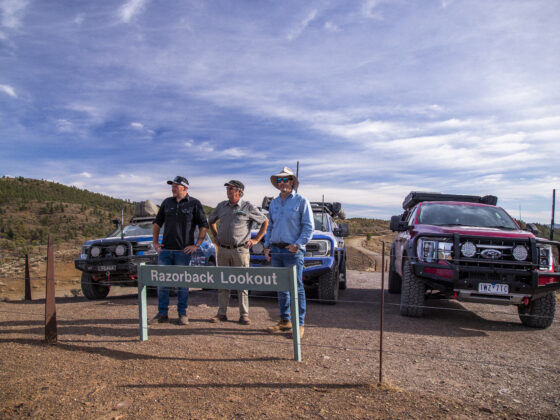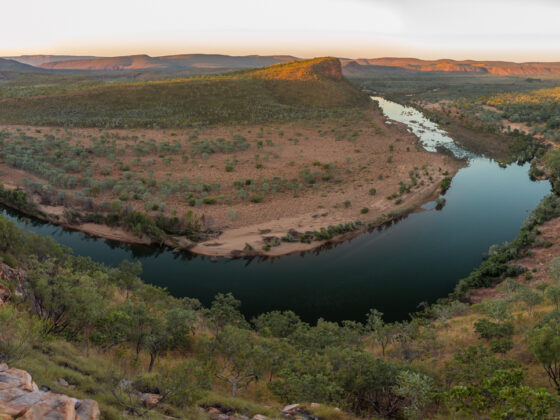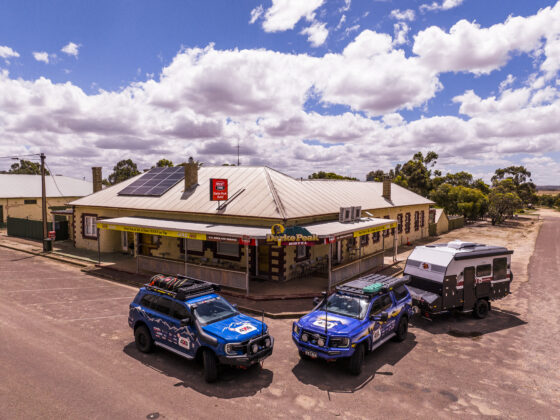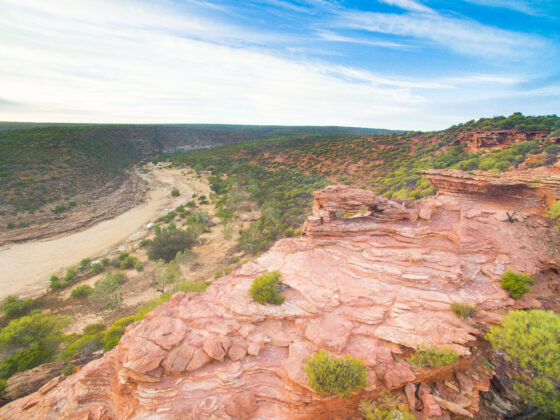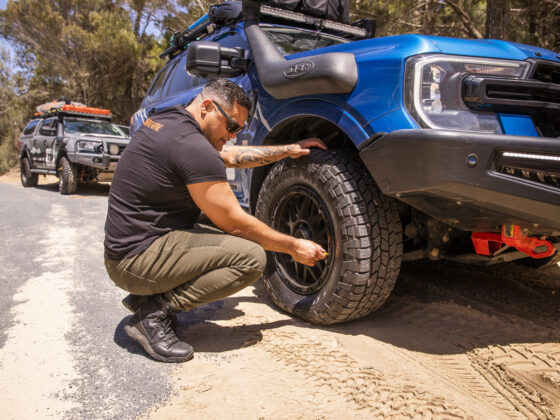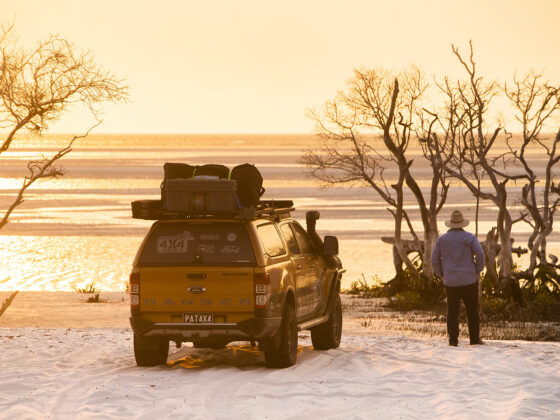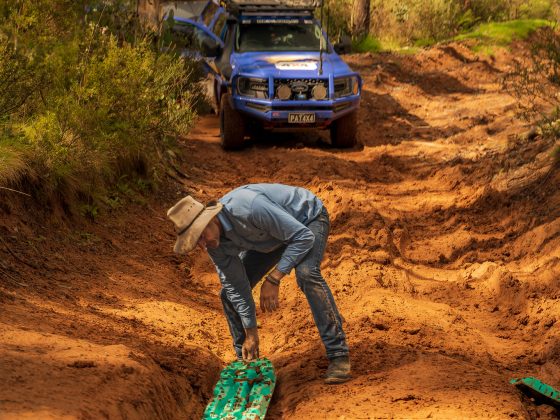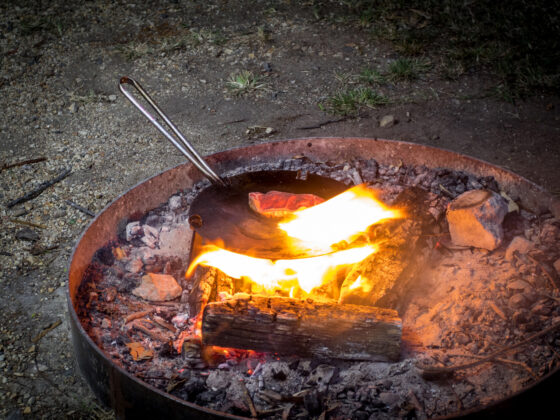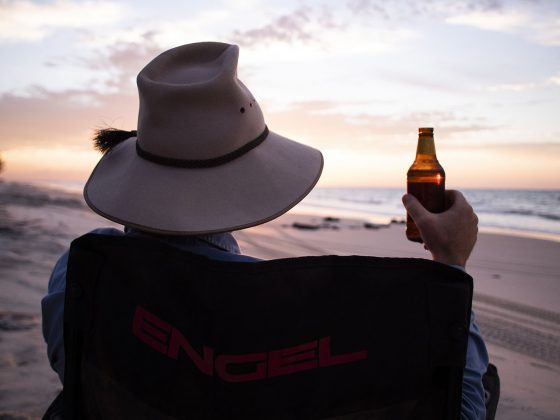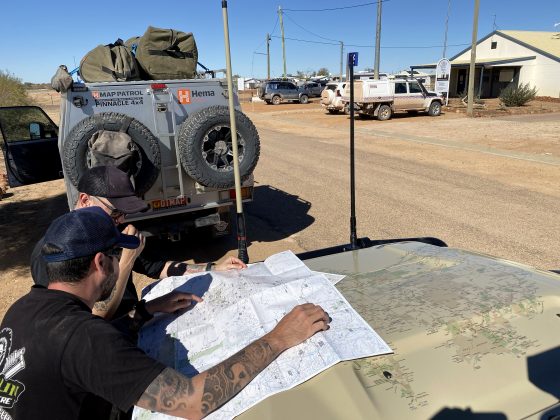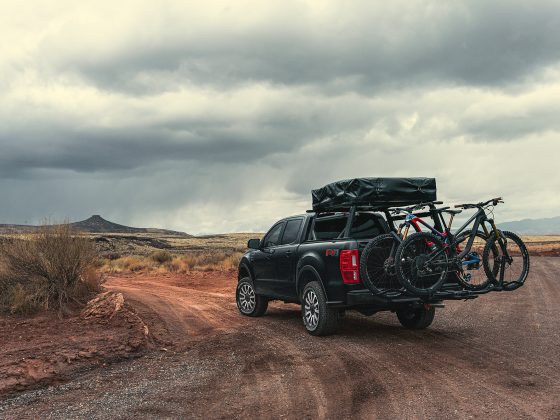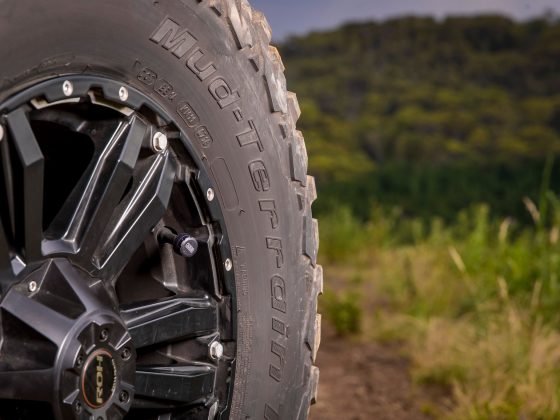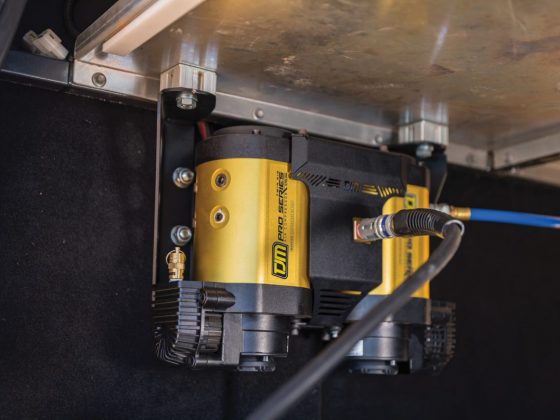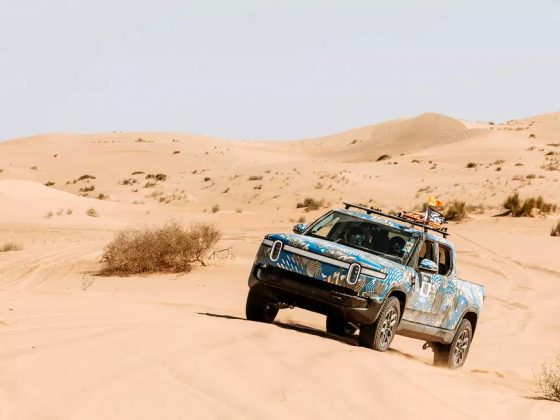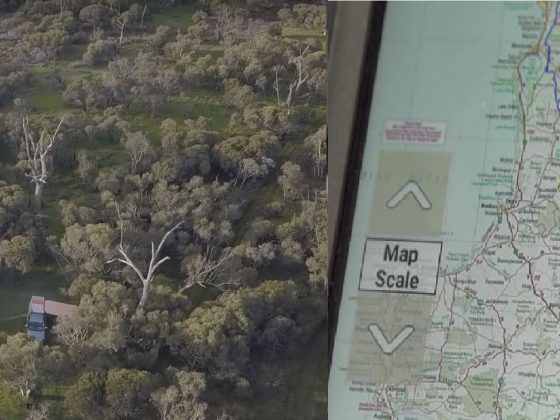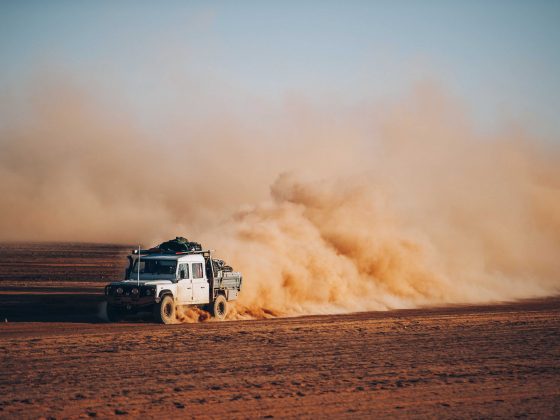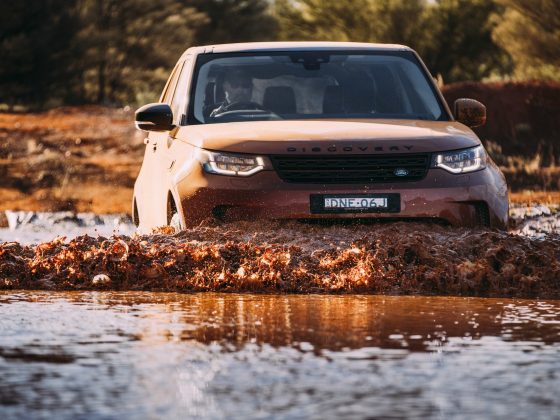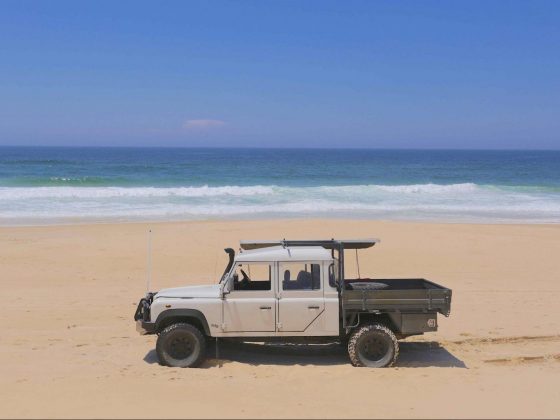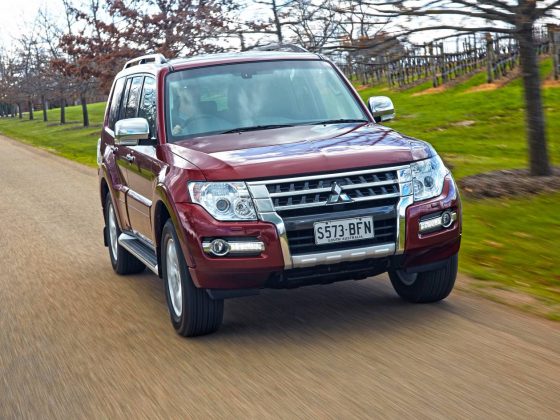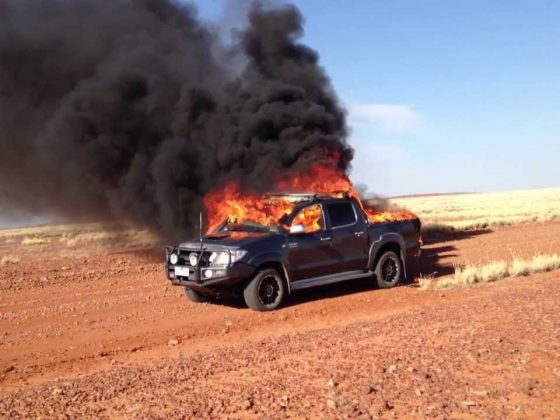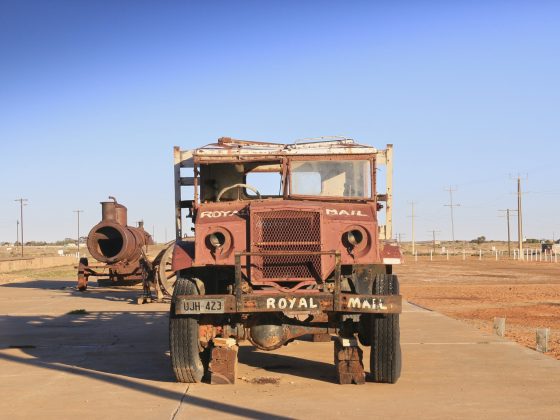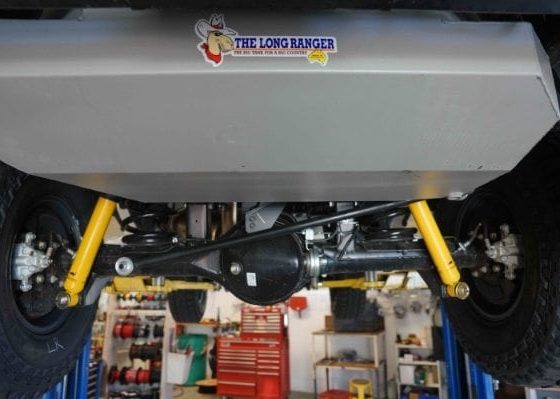Posts by tag
touring
REDARC Unveils The REDLAB Lithium Battery
Engel’s Twin-Door Combi Fridge Freezer Brings Touring Smarts to the Bush
How to Spec Up Your Super Duty
Mundi Mundi Bash 2025 Hits Full Throttle
ARB Gets Dirty In The Flinders
Free Virtual Caravan Safety Workshop Coming to Your Lounge Room
Things I’ve Learned In The Dirt
When I first began camping there was a wave of shock that went over my family, with my mum exclaiming “who is this and what have you done with the princess?!” I won’t deny it, I previously lived a very city-based life and definitely relied on home-based luxuries to survive such as hot running water and air-conditioning. So, what made me come back for more every time I spent a period of time in the dirt? The thrill of adventure, the challenge of self-sufficiency and the second to none nights under the stars. Living on the road does take a little bit of practice. I won’t lie, 3 weeks into my first long-term trip I cried feeling the gut wrench of homesickness. My comfy mattress, the ease of Uber Eats and my full-size apartment were all waiting for me back home and I was missing them big time. However, once you learn how to live on the road you’ll be thriving and no number of Chinese food delivered in a mere 20 minutes could send you back home. Nonetheless there are a number of hurdles when it comes to living in the dirt. Below are a few where I’d like to provide some of my advice. Bathing This is a big one and I want to stereotype here and say…
How to Cross the Continent: Tips and Tricks for the Ultimate Aussie Adventure
There’s something seriously magnetic about crossing Australia. The sheer size of the country beckons almost every red-blooded wheeler. For me, it’s not just about getting from one spot to another; it’s the journey in between (cliche, I know)—the red dirt, the stories, the isolation, and the friendships you forge along the way, that’s what takes a menial drive and turns it into an adventure. This is your guide to crossing the continent—the routes, the gear, and a few hard-earned (read; painfully learned) lessons to help you tackle the ultimate adventure. Routes Ranked by Difficulty The Easy ‘Must-Do’: The Nullarbor I reckon it’s a rite of passage for every Aussie: crossing the Nullarbor. While it might just seem like one long, straight road with a distinct lack of trees, there’s something magical about this stretch, we well and truly proved that in Season 15’s continental crossing. 1,200 kilometres of tar, broken up only by a few roadhouses and the occasional emu crossing your path. It’s not a challenging drive by any stretch of the imagination, but it’s all about endurance. The sheer size of the sky and the emptiness of the horizon truly does give you a feeling of absolute freedom. Plus, the best bit, the views and activities. Along the way you’ve got no shortage of things to break up…
Get Your Own ‘Thirst Responder’ With Engels Latest Release
Calls for More Outback Roads to Be Sealed: But Is It All Bad News?
ARB Launches Versatile Hard Lid for Utes
The Big Lap Bible: A Guide to Touring Australia
Touring Australia is one of the most rewarding, and at times, challenging holidays you’ll ever have the pleasure of doing. It offers the chance to explore the vast and varied landscapes of this incredible continent, from the white sandy beaches of Esperance to the deep reds of the Outback. It doesn’t matter what your flavour is, Australia will well and truly cater for it. In this guide, we’ll delve into each essential aspect of the journey, and give you the tips and tricks you need to get the big lap done. Planning Your Route Choosing the right route is crucial for a successful Big Lap. You want to get this right not only for the enjoyment factor of having a year-round summer, but also the financial factor too. Consider the seasons and weather patterns in each region to plan your itinerary accordingly. When you’re towing a caravan or camper trailer it pays to do your big drive days when a tail wind is blowing as this’ll help push you along and save you some hard-earned coin at the bowser. Stick to the southern states during December, January, and February when the weather is milder and more comfortable for touring. Then, as the temperatures begin to drop in the southern regions, head north during June, July, and August. This way, you…
4×4 Adventures Await in Reopened Kimberley National Parks
Plan The Ultimate Desert Adventure
To most Aussie 4X4’ers touring Australia’s remote outback is a rite of passage. The rugged terrain tests the mettle of even the most seasoned travellers and their rigs, but the rewards are well worth it. Planning the ultimate desert adventure into this wild, untamed and, let’s face it, at times brutal landscape requires careful consideration of timing, gear, destinations, and safety measures. During my time behind the wheel I’ve run into my fair share of strife on the rough stuff. From snake bites in the Simmo to hydrolocks in remote Western Australia, if it’s life-threatening I’ve probably faced it. When I have a yarn with travellers and share these tales, their faces fill with fear. Thankfully, that needn’t be the case when you’re heading outback. If you’ve done your homework and carry the right gear, you’re in for an unforgettable adventure that comes with bragging rights over a cold one. Surely you want to be that bloke in the pub. Timing Your Trip Selecting the right time for your outback escapade is paramount to a smooth (minus the corrugations) and enjoyable experience. While the allure of the red dirt plains and cathedrals of ancient monoliths is ever-present, the harsh climate demands respect. In some locations tracks, such as Googs in South Australia, are closed altogether during the peaks of…
Red Centre Turns Green with Outback Rains
Touring Tech – What Suspension Is Right For You?
Port Mac to Sydney Through the Backroads
Surviving the Slithery: A 4X4 Adventurer’s Guide to Snake Bites
Beyond the Adventure: The Unsung Hero of Your 4X4’s Interior
Paradise not just by name, K’Gari is a must-see for every 4X4er
The Unwritten Rules Every 4×4 Driver Should Know
How to Build the Perfect Campfire: A Sizzling Guide
Top Tips for saving fuel
Big mods for the Big Lap
As we travel around this great country, we get the opportunity to meet other fellow travellers living on the road or doing the big lap. Almost all of them are doing it in a 4X4 of some sort, and many towing a camper trailer or large caravan. What amazes me is just how optioned up many of these 4X4s are. There’s the usual fare of bullbars, driving lights, suspension lifts, and rooftop tents. All great kit for a touring rig. But then there are those who fit every conceivable option and accessory available to them with barely a thought to whether or not they will actually use all this gear. What many fail to consider is that all this kit takes up valuable space and adds considerable weight to their 4X4s. So much so that they have barely enough room for the essentials and their vehicles are dangerously close to exceeding their weight limits. Doing the big lap around the country involves many hours of driving great distances in the heat and rough conditions of the outback. It places a great strain on both vehicles and occupants. To my way of thinking, if you want your vehicle to be reliable and safe, less is more. Here are 5 essential modifications that I believe you need to make to your 4WD…
What’s involved in a Mapping Expedition (and how I scored the gig)
Ever wondered what it’s like to get onto a mapping expedition with the team from HEMA? Ben Carceller got the chance to find out. Hema Maps cover hundreds of thousands of kilometres of tracks all over Australia, and travellers rely on their maps to make real-time navigation decisions when they’re in the Outback or on their favourite local track, so having up to date track data is very important. The challenge for Hema maps is how to keep track data up to date, given the rate of tracks closures, changes of ownership, changes in track condition and difficulty, and the addition and removal of points of interest. One of the ways Hema does this is with regular Map Patrol trips, conducted by their full-time staff in one of the purpose-built vehicles they have for this sort of work. Another method more recently employed, is to engage a limited number of experienced contract operators to assist in the collection of some types of data. This is where we come into the mix. Since late 2020, when we were approached by Hema Maps, we’ve been working with them yet another set of eyes and wheels on the ground, collecting map data which makes its way into software updates for Hema devices and apps, as well as printed map products. Sometimes the two…
FIRST LOOK – BFGOODRICH TRAIL TERRAIN
Guide – Tyre Pressure Monitoring Systems
TJM’s awesome new high-performance Twin Air Compressor.
Why Electric Vehicle (EV) 4X4s are and are not our future
The electric vehicle revolution is well and truly upon us…or is it? The statistics don’t lie. The electric vehicle share of the market in 2020 was around 0.78%, and in 2021, 1.57%. There are another 30 or so EVs being launched into our market, including specialist Polestar. Overseas, Norway is above 75% EV new-car sales, and Rivian has delivered the world’s first EV 4X4 to customers in the USA. So EVs are inevitable, right? Yes, and no. Today, EVs can easily replace the vast majority of road cars and SUVs, which are mostly used in our capital cities for short trips, or excursions into the country of maybe 150km or so. Yes, I know that’s not you, but you’re not the average Australian motorist. With a range of 400-500km, the average Aussie driving 14,000km a year – which is 38km per day – can easily have their car needs met by an EV, especially as both range and charging options are improving. My experience of running an EV is that you can drive around town all day, charge off a 10A plug overnight at 10km of range per hour, and be good to go at 100% the next day which is why EV owners rarely use public chargers in their home city. I towed a Tvan with a Tesla! Worked…




